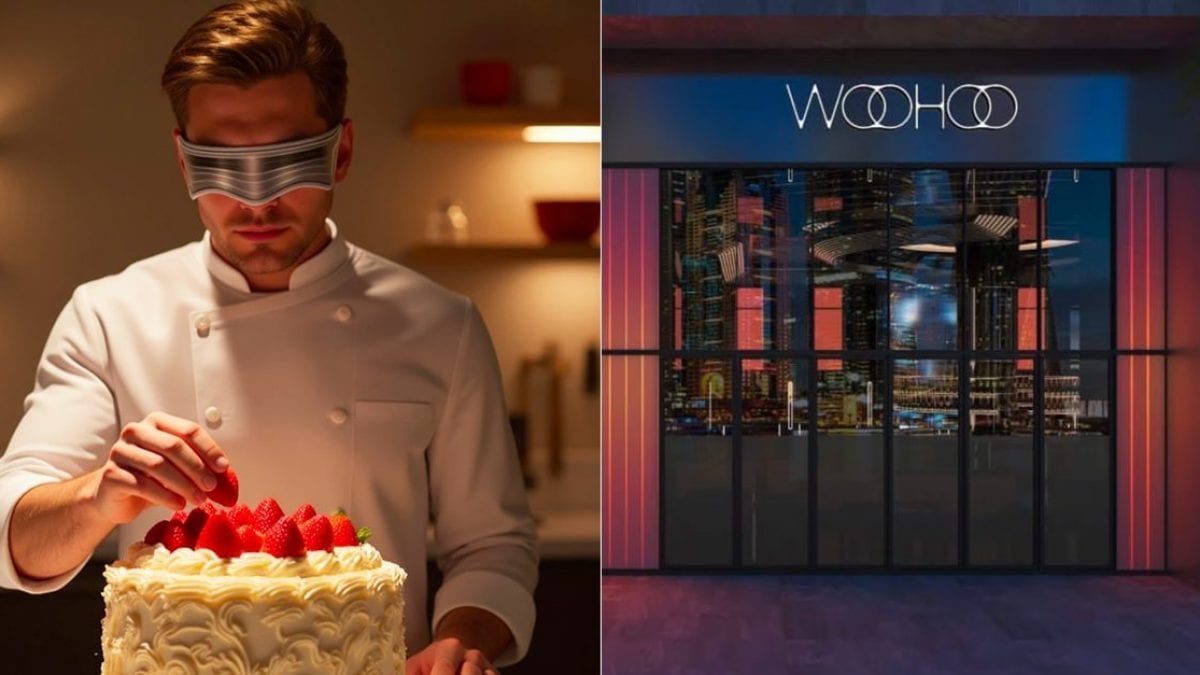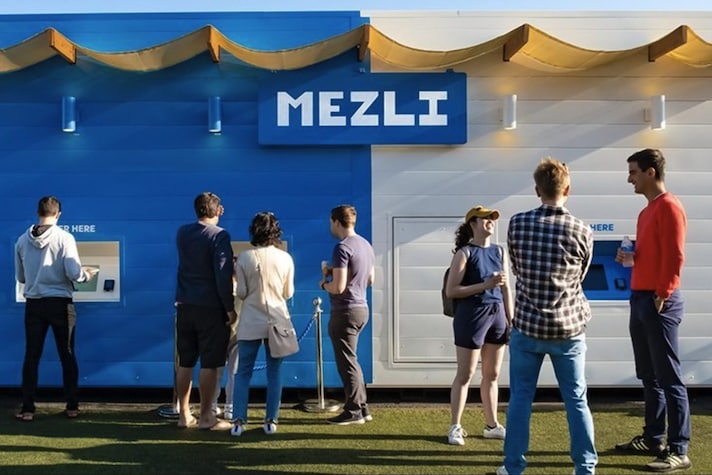
Dubai, a global symbol of excess and innovation, is preparing to launch one of its boldest challenges yet: WOOHOO, the first restaurant designed by artificial intelligence, will open in September 2025. But behind the glittering LED lights, voice interfaces, and overtly cyberpunk atmosphere, one wonders whether there's real substance or just a spectacular operation.
At the helm of the project is Chef Aiman, an artificial intelligence language model trained on decades of research in food science, molecular composition, and over a thousand recipes from around the world. Aiman doesn't just invent dishes: he can generate the entire menu, combine ingredients in unexpected ways, adjust the lighting, select music, and even diffuse scents consistent with the intended sensory experience. However, the execution of the dishes remains entrusted to real chefs, like Reif Othman, who test the prototypes conceived by the algorithm. The creative concept, however, remains firmly in the hands of the code.
Where Will Artificial Intelligente in The Kitchen Take Us?
The use of artificial intelligence in the kitchen opens up fascinating possibilities. On the one hand, it can introduce greater efficiency and sustainability: the ability to reuse food scraps, experiment with new combinations, and reduce waste is a concrete advantage. Added to this is unprecedented precision: Aiman can calibrate flavors like umami, acidity, and texture according to a rigorous molecular logic, ensuring consistency and repeatability, something few human chefs can achieve.
On the other hand, important doubts arise. Human taste remains the fundamental parameter, and without the ability to taste, Aiman risks offering recipes that are perfect on paper but lacking emotion, intuition, or those small flaws that often transform a dish into an unforgettable experience. Furthermore, there's the risk that the experience will become too theatrical: if theatrical effect prevails over culinary substance, WOOHOO could be reduced to a brilliant digital installation, more attentive to aesthetics than flavor.
But this isn't the first real debut for chef Aiman, who had already made his vast database and algorithmically generated recipes available at Trove restaurant, also in bustling Dubai. Similar experiments have been seen elsewhere: on the other side of the world, in San Francisco, Mezli opened about a year ago, a completely automated restaurant without even human chefs on site. In short, WOOHOO's novelty is relative, but it nonetheless marks a further step towards a future in which humans will increasingly have to compete with rivals made of steel and code, capable of replicating—or perhaps surpassing—their skills.

Replicability, Blessing or Curse?
There's also uncertainty surrounding the possibility of replicating the model. The team that developed Aiman plans to export it worldwide, but it remains to be seen whether a machine can truly adapt to local gastronomic sensibilities. The danger is that the result will be a "mass-produced" restaurant, standardized and lacking in empathy, incapable of grasping the cultural nuances that make each country's cuisine unique.
Despite the doubts, WOOHOO remains an ambitious experiment. It's a laboratory where algorithms and art meet, where scientific rigor merges with creative instinct. At best, it could pave the way for a more conscious cuisine, reducing waste and improving quality through data analysis. At worst, it will simply offer a high-tech spectacle of lights, "programmed" drinks, and dishes that are beautiful to look at but devoid of soul.
Ultimately, the real question isn't whether artificial intelligence can cook—it already does—but whether we, as lovers of authentic flavor, are willing to delegate our dining choices to a machine. And above all, whether it will truly be able to surprise us. Or whether it will simply amaze us.
;Resize,width=767;)
